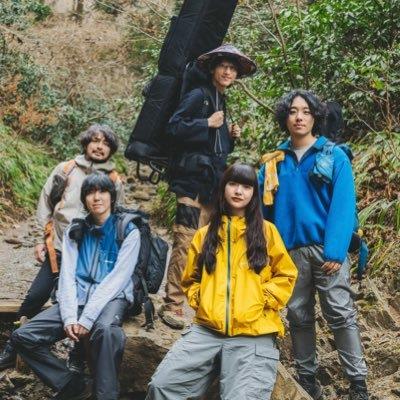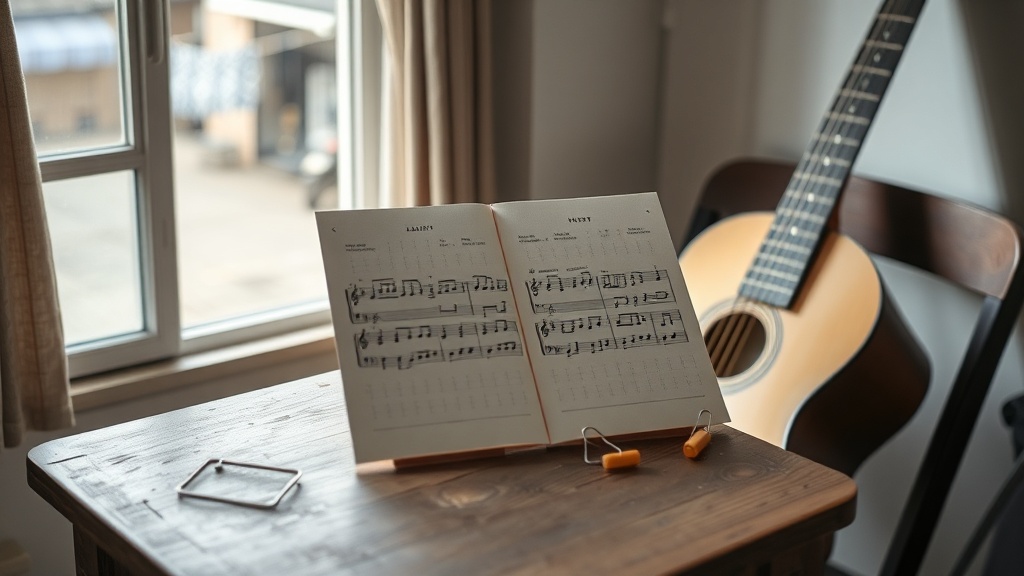The focus is “Sanbo,” released in September 2025 by Japanese indie band Superdungsanbu.
The band says it did not know the older song, but online reactions are mixed.
This episode reopens questions about music copyright and how cultures borrow from one another.
"One Song, Two Countries, One Debate"
Case overview
The story spread fast.On September 10, 2025, the Japanese indie group made “Sanbo” public.
Within hours, posts in both South Korean and Japanese online communities said the melody sounded too familiar.
The similarity critics point to goes beyond a single phrase. Meanwhile, listeners compared overall structure and flow, and the debate widened.
The band replied that its members were not aware of the original when they composed the song. However, that explanation did not calm many listeners.
Kim Kwang‑seok’s “Where the Wind Blows” appears on his 1994 album and has become an emblematic song in modern South Korean music history.
It carries strong collective memories across generations, so any musical echo triggers heightened sensitivity.
Consequently, the dispute is not only about legal standards. On the other hand, it touches cultural respect and historical context, raising the stakes of the disagreement.
Arguments supporting the plagiarism claim
Supporters say the similarity is clear.The voices backing the allegation organized quickly.
Listeners pointed to the intro and chorus of “Sanbo,” saying certain melodic lines are almost reproduced from “Where the Wind Blows.”
From a music‑theory angle, intervals between notes, rhythm patterns, and harmonic progressions overlap in noticeable places.
Therefore, these technical observations lend more weight than a purely emotional reaction.
Copyright specialists outline legal criteria to judge such claims.
Courts tend to look at originality, access (whether the accused could have heard the original), and substantial similarity (large overlap in melody or structure).
If a core motif is strongly lodged in listeners’ memory, a similar expression may escalate into creator responsibility.
As a result, many demand firm legal action rather than treating this as a mere coincidence.
Similar disputes have played out internationally.
In Europe and the United States, judges have sometimes found plagiarism when a short but prominent melodic phrase—say, eight bars—was essentially the same, resulting in damages and credit adjustments.
Those precedents strengthen calls from Korean fans and experts for legal scrutiny here as well.
Denial and counterarguments
It could be an accident.The band and supporters stress creative context.
They say the song was inspired by the image of walking in the hills, and similar melodies can emerge independently.
In global songwriting practice, many composers use the same basic chord progressions, which can produce parallel melodic results without direct copying.
Some musicologists add that within limited scales and harmonic patterns, similar tunes naturally recur.
Especially in folk and acoustic styles, simple progressions tend to create comparable atmospheres and lines.
From this perspective, treating the case as inspiration rather than theft has persuasive force.
Moreover, some observers view the controversy as an opportunity for cultural exchange.
If the band discovered Kim’s work because of the debate, the episode might prompt dialogue between musicians and fans in both countries.
History shows many foreign artists who encountered another country’s song went on to create homage or official remakes that deepened cross‑border appreciation.

Legal issues and procedure
Legal rulings are complex.A copyright dispute combines technical musical analysis with legal interpretation.
Investigators will check release timelines, the production process, and whether the creators had a realistic chance to encounter the earlier work (access).
Access is a key question: could the accused have heard the original, or was it so widely known that influence could occur by exposure?
Next comes a detailed similarity analysis. Experts compare melody lines, rhythm, harmony, and structural correspondence.
In international cases, differing copyright laws and court standards add another layer.
If lawsuits are filed in both South Korea and Japan, outcomes could diverge because of distinct legal frameworks and interpretations.
Therefore, cross‑border legal counsel and coordination would be necessary, and the dispute could stretch over years.
Past international music cases have sometimes lasted for multiple years and affected industry practices broadly.
Public reaction and cultural context
Anger and defense coexist.Responses in South Korea have been sharp.
On social platforms, some users used words like “theft,” voicing emotional condemnation.
Many insist Kim’s musical legacy deserves protection and that the resemblance should not be brushed off.
Some communities are already discussing legal steps and seeking cooperation with rights organizations.
Public opinion in Japan has been more mixed.
Some accept the band’s explanation of unintentional similarity; others lower their sensitivity by pointing to cultural differences in how songs circulate.
Meanwhile, music professionals internationally have started a theoretical debate about where inspiration ends and plagiarism begins.
Music has long crossed borders, influencing artists everywhere, and the question now is how to regulate conflicts that arise from that flow.
Prevention and responses
Prevention matters.Creators and labels should tighten pre‑release checks.
Tools that compare melodies automatically (including AI‑based systems), preserving demos and draft records, and clear source attribution can help.
At the same time, international agreements need clearer interpretations, and quick mediation paths would limit costly, long legal fights.
Fans and the public should avoid turning debate into a social media trial before facts and procedures are clear.
Policy responses can also preserve positive cultural exchange.
Open, public discussions that compare the two songs can foster mutual understanding, and where appropriate, parties might pursue an official homage or licensed remake.
That route can transform conflict into collaboration rather than leaving the matter solely to the courts.
Conclusion
Judgment requires care.This controversy goes beyond a mere resemblance between recordings; it raises questions about copyright and cultural respect.
Both sides offer arguments that deserve attention.
A legal finding should rest on careful musical analysis and evidence about access. Meanwhile, a rush to popular judgment on social media can harm everyone involved.
This matter calls for joint solutions from the music industry, creators, and fans.
Protecting authors’ rights should not block cultural exchange. Instead, international cooperation, transparent procedures, and responsible creative practices can reduce similar conflicts.
Where do you stand after reading about this case?
